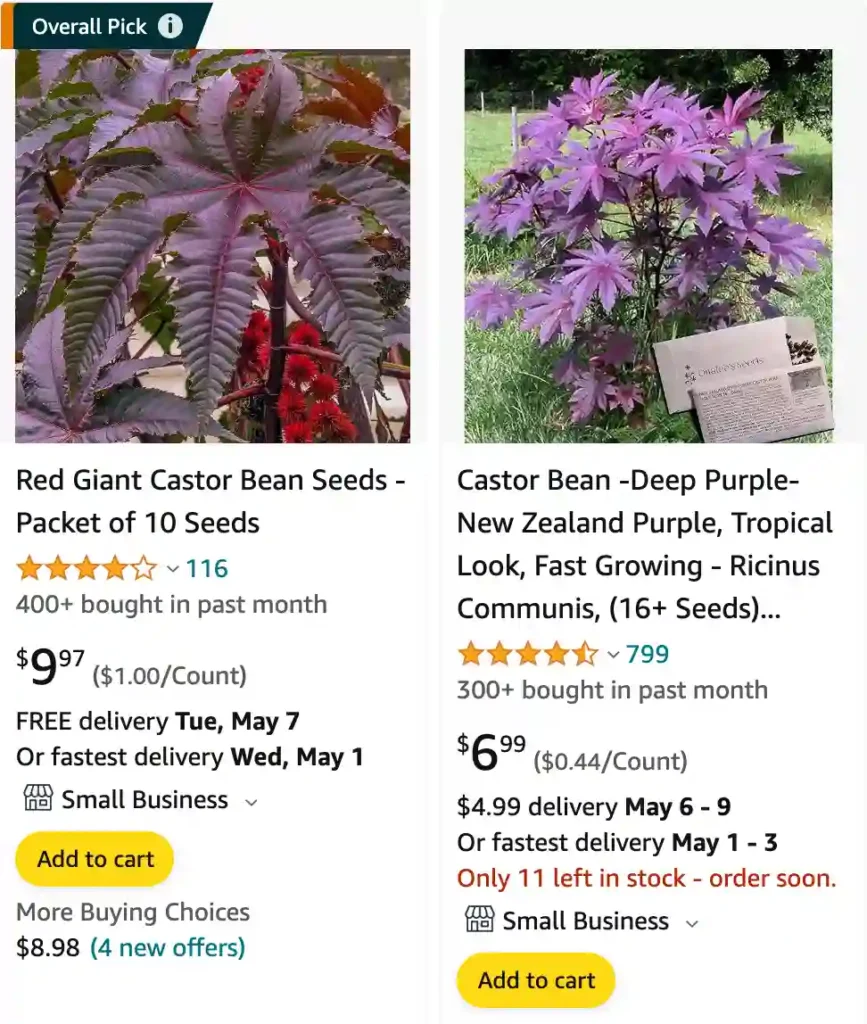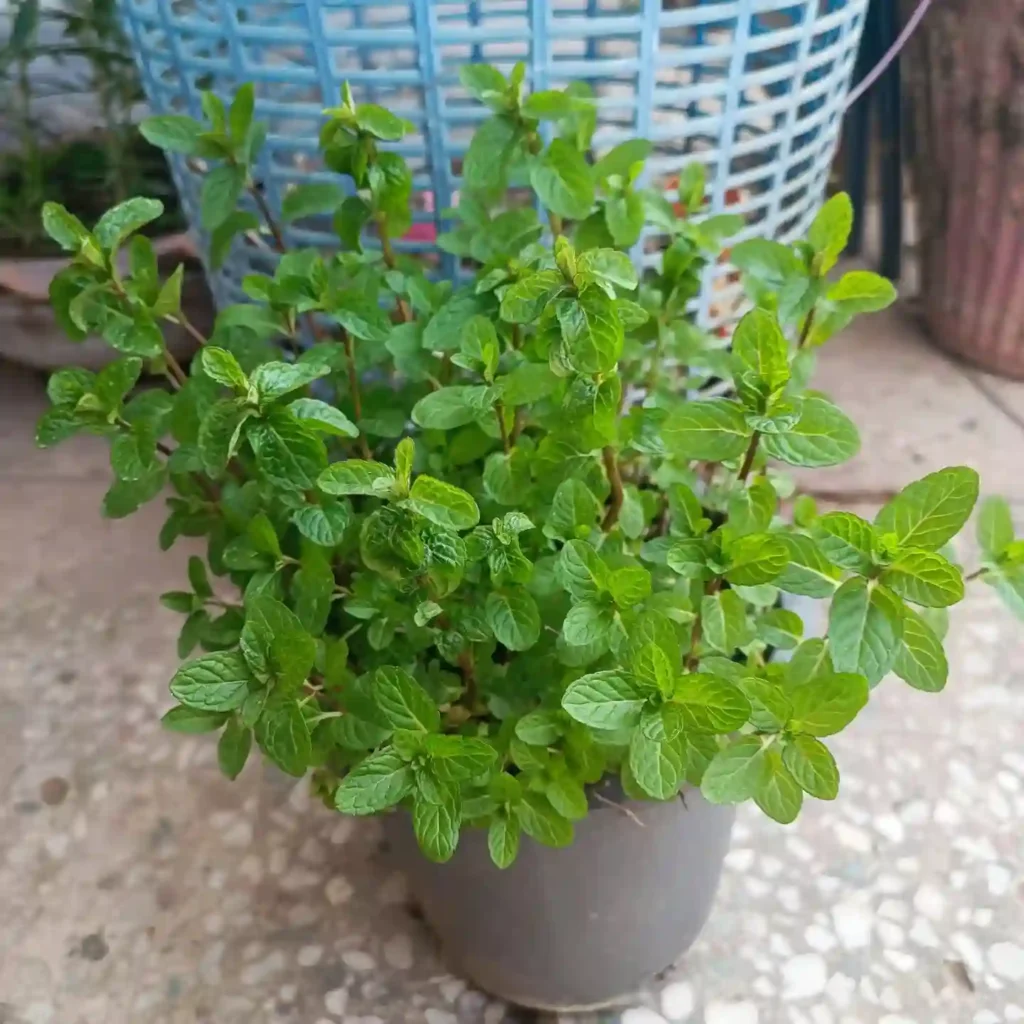
The Castor Bean: My Fascination with Ricinus
I’ve always been drawn to the unusual, the plants that stand out from the crowd. That’s what captivated me about the genus Ricinus belong to the Euphorbiaceae family, specifically the castor bean plant. Maybe it was the way its large, star-shaped leaves seemed to reach out like emerald hands, or the way its spiny seed pods held the promise of something both beautiful and dangerous. Whatever the reason, I was hooked.
A Lone Wolf in the Plant World
Ricinus is a genus with a single species: Ricinus communis. It’s a bit of a lone wolf in the plant world, the sole member of its tribe, Ricininae. This unique plant, native to tropical East Africa, has managed to spread its reach across the globe, thriving in warm climates and disturbed areas. I’ve encountered it along roadsides, in abandoned fields, even pushing its way through cracks in the pavement. It’s a survivor, a testament to the resilience of nature.
More Than Just a Pretty Face
But Ricinus communis is more than just a striking plant. It’s a source of castor oil, a versatile substance used in everything from medicine and cosmetics to lubricants and biofuels. The seeds, however, contain ricin, a highly potent toxin. This duality, the combination of usefulness and danger, has always intrigued me. It’s a reminder that beauty can be deceptive, and that even the most innocuous-looking plant can hold a hidden power.
What does a castor bean look like?
Castor beans look a bit like small, mottled beans with a slightly shiny surface. They have a really interesting pattern, often a mix of brown, tan, and sometimes even reddish colors.
It’s important to note, though, that while they look a bit like beans, they are definitely not edible and are very poisonous.
Can you eat castor beans? Are castor beans poisonous?
Absolutely not! Castor beans are extremely toxic, and you should never eat them under any circumstances. They contain a poison called ricin, which is incredibly dangerous. Even chewing on a single bean could cause severe health problems and can even be fatal. I know some people might be curious since castor oil is used in various things, but it’s important to remember that castor oil goes through a process to make it safe for use. The raw beans themselves are definitely not meant for consumption.
How many castor beans are deadly?
Honestly, I’m not comfortable giving a specific number on this one. I know castor beans are super dangerous, and it doesn’t take many to cause serious harm or even death. I’ve heard stories about how just chewing one or two can be fatal. It’s scary to think about, and the idea of accidentally ingesting even a part of one freaks me out. This is a situation where it’s way better to be safe than sorry – if you think there’s a chance you or someone else has been exposed to castor beans, the best thing to do is get medical help immediately.
How to make castor oil from castor bean?
While I know the general idea behind making castor oil, I absolutely wouldn’t recommend trying to do this at home. Handling raw castor beans is incredibly dangerous due to the ricin they contain. The process usually involves steps like roasting, grinding, and boiling, and if you’re not properly trained with the necessary safety equipment, one small mistake could have serious consequences. It’s the type of thing that’s much better left to professional facilities that handle the production responsibly.
What are castor beans used for?
I know the biggest use of castor beans is to produce castor oil, which has all sorts of applications. I’ve used castor oil myself for stuff like making my hair and eyelashes look fuller, and I remember my grandma always kept a bottle in the bathroom for whenever someone had a stomachache. But apparently, it’s used way beyond just home remedies – it’s in things like paints, lubricants, and even some medicines. It’s pretty amazing to think that something derived from a plant so dangerous can have all these useful purposes.
Where to buy castor beans?
Honestly, I’d be wary about buying castor beans. Because they’re so poisonous, I’m not sure if they’re readily available just anywhere. You might find them sold as ornamental seeds for the castor bean plant, but I’d always exercise extreme caution. My personal approach would be to leave the handling of castor beans to the professionals. If you’re looking for castor oil, it’s widely available in stores and online, and that’s a much safer way to get the benefits without the risk.
Are castor beans illegal?
The legality of castor beans is a bit complicated. It’s not that the beans themselves are strictly illegal, but there might be regulations and restrictions in place depending on where you live. Because of the potential danger and risk of misuse, some places might require permits or licenses if you plan on growing or possessing large amounts of castor beans. My best advice is to check your local laws and regulations. This is definitely not something you want to take lightly, as there can be serious consequences for mishandling castor beans.
How to dispose of castor bean plants?
Getting rid of castor bean plants takes extra care because of their toxicity. Here’s what I’d recommend:
- Protective Gear: Wear gloves, long sleeves, and a mask to avoid any contact with the plant.
- Don’t Compost: Composting them at home is risky. The heat might not be enough to fully destroy the ricin.
- Bag and Bin: If possible, carefully bag up the entire plant, roots and all. Dispose of the sealed bag in your regular trash.
- Municipal Disposal: Contact your local waste management or gardening authorities. They might recommend bringing the plant to a dedicated facility for safe disposal.
Remember: The key is preventing accidental exposure, especially for kids and pets. Do your research about your local guidelines for handling toxic plant material.
The Allure of the Unusual
My fascination with Ricinus stems from its unique characteristics, its blend of beauty and danger, and its versatility. It’s a plant that commands respect, a reminder of the power of nature and the importance of knowledge. While I admire its resilience and its many uses, I also recognize the potential harm it can cause. It’s a plant that demands careful handling, a balance of appreciation and caution.
For me, Ricinus communis serves as a symbol of the complexity of the natural world. It’s a plant that can heal and harm, a source of both wonder and fear. And it’s this very complexity that continues to fuel my fascination.
If i die, water my plants!



